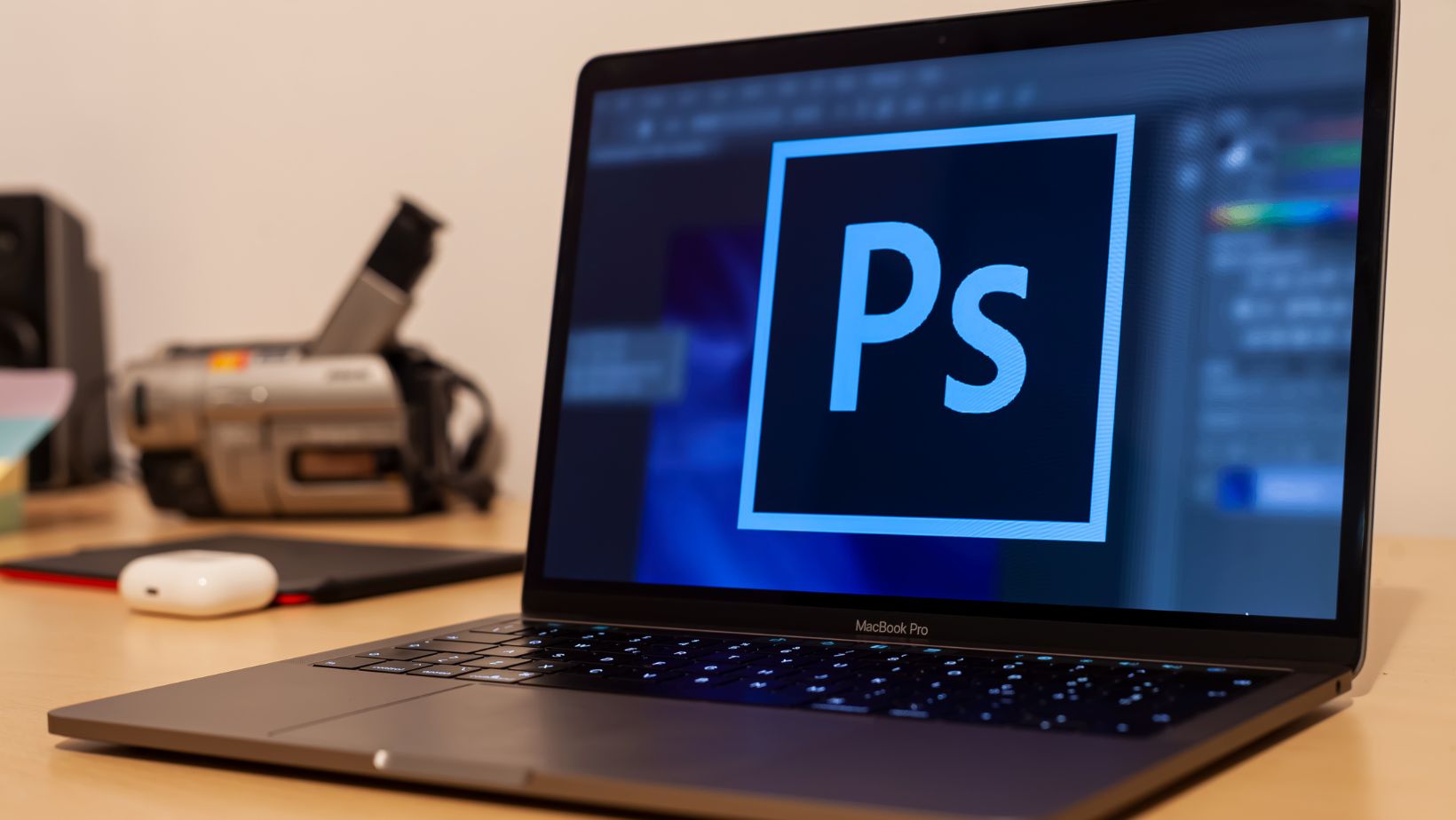
In today’s digital world, graphic design has become more complex and intricate. Aspiring designers must keep up with the latest software and technologies to produce remarkable artwork. Among the vast array of tools available, Adobe’s graphic design software suite stands tall. This article provides five essential Adobe software tips every graphic design student should master. The journey from amateur to professional can be smooth and rewarding with the right skills and tools.
Table of Contents
Toggle1. Mastering Layers And Masks in Adobe Photoshop
Photoshop is the most popular graphic design tool worldwide, renowned for its image editing capabilities. Layers and masks are foundational elements of this software, and mastering them can drastically enhance the versatility of your designs.
● Utilize Layer Groups: Organizing your layers into groups can streamline your workflow, making it easier to locate specific elements.
● Non-Destructive Editing: Using masks ensures that original images remain unchanged. This allows for future modifications without any loss in quality.
● Blending Modes: Familiarize yourself with blending modes like Multiply, Overlay, and Screen. These can lead to some intriguing effects when combining multiple layers.
If students need assistance with their academic writing when they study design, they can turn to GrabMyEssay.com for expert support. With a proven track record of delivering high-quality essays and papers, this platform is a valuable resource for students seeking help with their assignments.
2. Making The Most of Adobe Illustrator’s Pen Tool
Adobe Illustrator is a vector-based design tool essential for creating logos, icons, and other scalable graphics. The Pen tool is at its heart, but its comprehensive functionality can be daunting for beginners.
● Start Simple: Before diving into intricate designs, practice creating basic shapes. This will familiarize you with how the tool works.
● Use Short Clicks: Instead of long drags, use short clicks to create anchor points. This provides better control over curves.
● Modifiers Are Key: Holding down specific keys (like Alt or Shift) can modify the behavior of the Pen tool, making tasks like adjusting anchor points or drawing straight lines more efficient.
3. Harnessing Adobe InDesign For Layout Designs
InDesign is Adobe’s answer to all layout and desktop publishing needs. Whether you’re creating magazines, brochures, or e-books, InDesign can make your designs stand out.

● Master Text Wrap: Properly wrapping text around objects can elevate the aesthetic appeal of any design.
● Use Grids and Guides: These features ensure alignment and proportionality, making your layouts look more professional.
● Stay Organized with Master Pages: If you have repeating elements, like headers or footers, use Master Pages to keep consistent designs across multiple pages.
4. Delving Into Adobe XD For UI/UX Design
Adobe XD, a relatively newer addition to Adobe’s suite, caters to the growing demand for UI/UX design in the tech industry. Designing with a user-first approach can set you apart in this competitive field.
● Utilize Repeat Grids: This feature lets you create lists or grids of repeating items, saving time and ensuring consistency.
● Prototyping is Essential: Before finalizing your design, prototype and test the user flow. This can identify any usability issues.
● Collaborate in Real-time: Adobe XD allows multiple users to work on a design simultaneously, fostering creativity and teamwork.
If you’re interested in exploring art and design scholarships, you can see here for a comprehensive list of opportunities. This resource provides valuable information for graphic design students looking to fund their education and pursue their creative passions.
5. Staying Updated With Adobe Creative Cloud Libraries
Adobe Creative Cloud Libraries is an underutilized feature that acts as a bridge between different Adobe software. Keeping your resources in sync can be a game-changer.
● Centralize Assets: Store logos, colors, and other assets in Libraries to ensure you always use the latest versions across all designs.
● Integrate with Adobe Stock: If you use stock images, connecting with Adobe Stock can streamline your design process.
● Share and Collaborate: You can share your libraries with team members, ensuring everyone can access the necessary assets.
Final Takeaways
Graphic design is a dynamic field, and to stay relevant, students need to harness the power of industry-leading tools like Adobe’s suite.

By mastering layers in Photoshop, wielding the Pen tool in Illustrator, perfecting layouts in InDesign, diving deep into UI/UX with Adobe XD, and staying synchronized with Creative Cloud Libraries, graphic design students can be well on their way to professional success. Always remember, it’s not just about learning the tools but mastering the art of design that truly counts.






